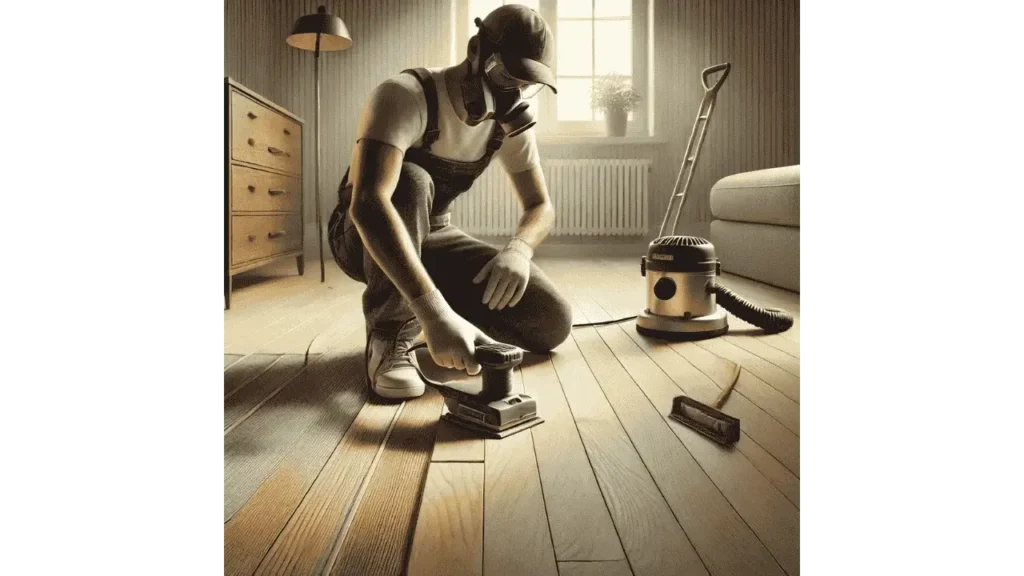Engineered hardwood flooring is a popular choice for homeowners due to its durability, affordability, and resemblance to solid hardwood. However, over time, scratches, dents, and general wear can affect its appearance. Many homeowners wonder if sanding engineered hardwood flooring is possible to restore its beauty. This guide will explain whether engineered hardwood can be sanded, how often it can be done, and the best practices for doing so.

Can You Sand Engineered Hardwood Flooring?
The ability to sand engineered hardwood flooring depends on the thickness of its top wear layer. Engineered hardwood is made of a thin hardwood veneer bonded to layers of plywood or high-density fiberboard (HDF). If the wear layer is at least 2mm to 4mm thick, the floor can typically be sanded and refinished at least once or twice. However, thinner wear layers (less than 2mm) cannot be sanded without risking damage to the core layers beneath.
How Many Times Can You Sand Engineered Hardwood Flooring?
The number of times you can sand engineered hardwood depends on the thickness of the wear layer:
A 2mm wear layer allows for only one light sanding. Sanding more than once could damage the underlying layers. A 3mm to 4mm wear layer can be sanded two to three times safely without compromising the floor’s structure. A 5mm or thicker wear layer offers the flexibility to be sanded multiple times, much like solid hardwood flooring.
It’s important to consult the manufacturer’s recommendations before sanding to avoid damaging the floor. Over-sanding can weaken the floor and shorten its lifespan.
Read More: Are Dark Hardwood Floors Out of Style?
When Should You Sand Engineered Hardwood Floors?
Sanding should be considered if the floor has visible scratches, minor dents, or surface wear that affects its appearance. However, deep gouges or severe damage may require plank replacement rather than sanding. Floors with thin wear layers should only be sanded when absolutely necessary.
Best Practices for Sanding Engineered Hardwood:
Check the Wear Layer Thickness: Confirm the thickness of the top layer before sanding. Use a caliper or consult product specifications.
Use Light Sanding Techniques: Avoid aggressive sanding. Use a fine-grit sandpaper to prevent removing too much of the wear layer.
Consider Professional Help: If you’re unsure about sanding, hire a flooring professional to assess and sand the floor properly.
Refinish After Sanding: Apply a new stain or finish after sanding to restore the floor’s look and protect it from future wear.
Alternatives to Sanding Engineered Hardwood:
If sanding isn’t an option, consider alternatives such as
The screen and recoat method gently buffs the floor and adds a fresh finish, avoiding the need for full sanding. Floor restorer products can fill in small scratches and bring back the original shine of your engineered wood floors. For isolated damage, it’s often better to replace damaged planks rather than sanding the entire floor.
Conclusion:
Engineered hardwood flooring can be sanded, but it depends on the thickness of the top wear layer. Thicker wear layers allow for sanding and refinishing multiple times, while thinner layers should be handled with care or avoided altogether. When in doubt, consult a flooring expert to determine the best approach for maintaining your engineered hardwood floors. With proper care, your floors can remain beautiful and durable for many years.
